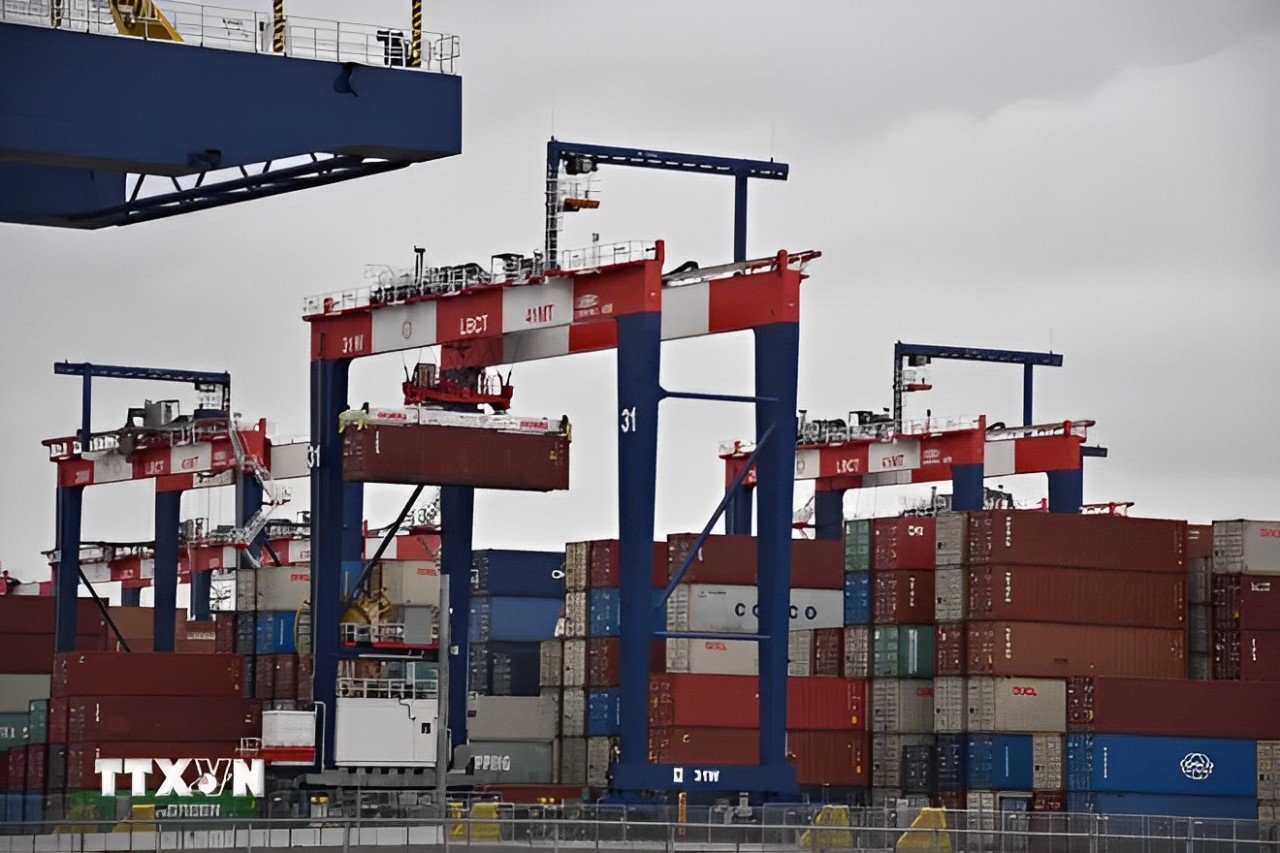As the U.S. seeks to get rid of its dependence on cheap goods from China, Vietnamese businesses can take advantage of the opportunity to "fill the gaps," producing items that the U.S. is lacking.
During the US presidential campaign, Donald Trump has repeatedly threatened to impose tariffs of 10-20% on imports of all countries and up to 60% on Chinese imports.
Analysts say it is likely that the "tariff man" will use executive powers, including the International Emergency Economic Powers Act (IEEPA), which allows the US president to respond to emergencies through economic measures, to act immediately after taking office on January 20, 2025.
Potential tariffs by President-elect Trump are expected to have a huge impact on global trade, and many U.S. trading partners are preparing a worst-case scenario.
Larry Summers, a Harvard University professor and former Treasury secretary under President Bill Clinton, warned that Trump's trade policy, if enforced, could lead to the risk of a trade war, damage supply chains and increase global manufacturing costs.
Speaking on CNN on November 13, Professor Summers said: "If President-elect Trump does what he said on the campaign, there will be a much bigger inflation shock than in 2021."
Analysis from Oxford Economics indicates that Trump's planned tariff hikes and immigration reductions could push the US inflation rate higher than expected. This inflation can affect the value of the dollar on the international stage, impacting countries that are heavily dependent on trade with the United States and thus slowing down global growth.
Trump's second term as U.S. president will see increased tensions between the U.S. and China, especially on trade and technology issues. The move to increase tariffs on all imports from China and restrict investment from the Asian country will accelerate the separation of the world's two largest economies, at a price that promises to be "very expensive".
For countries in the Asia-Pacific region, Trump's policies are expected to cause turmoil in economies that depend on both the U.S. and Chinese markets.
Vietnam is not "on the sidelines"
Vietnam is one of the countries that have a trade surplus with the US. Data from the General Department of Customs shows that from January to October 2024, the US is Vietnam's largest export market with an estimated turnover of 98.4 billion USD, accounting for 29.3% of the country's total export turnover and up 24.2% over the same period last year.
The most exported items to the US market include seafood with 1.5 billion USD, plastic products with 2.4 billion USD, wood and wood products with 7.3 billion USD, textiles and garments with 13.3 billion USD, footwear with 6.8 billion USD, computers, electronic products and components with 19.1 billion USD, phones of all kinds and components 8.7 billion USD, machinery, equipment and spare parts reached nearly 18 billion USD,...
If President-elect Trump pursues protectionism, the world's largest economy is likely to impose higher tariffs on products from Vietnam to reduce the national trade deficit. This creates pressure on Vietnamese exporters and increases the cost of products imported into the US from Vietnam.
But despite the uncertain outlook from U.S. politics, many experts say Southeast Asia, including Vietnam, will remain a stable region for economic growth and strong trade opportunities.
Add new opportunities
Vietnam is currently one of the major trade and investment partners of the United States in Southeast Asia. Rising global trade tensions create opportunities for Vietnam to receive new investment flows, as global businesses seek to diversify production to hedge against geopolitical risks.

The Trump administration has often prioritized bilateral agreements. Therefore, Vietnam can exploit the opportunity to negotiate to increase exports of advantageous products and at the same time import additional input materials from the US (such as wood, iron and steel, etc.).
As the U.S. seeks to get rid of its dependence on cheap goods from China, Vietnamese businesses can take advantage of the opportunity to "fill the gaps," producing items that the U.S. lacks and that it is difficult to ensure domestic production.
However, according to some experts, Vietnam also needs to pay attention to the issue of further market opening for US goods to reduce the existing trade deficit.
The Vietnam Trade Office in the U.S., citing information on the U.S. Commerce Department's website, said the U.S. manufacturing industry has identified a range of products, including agricultural products, processed foods and nutritional supplements, that have the potential for significant export growth if Vietnam's tariffs can be further reduced.
In addition to tariffs, the US Department of Commerce also mentioned Vietnam's technical barriers, recommending a review to facilitate imports to reduce the trade deficit with the US. Recently, the US Department of Agriculture has also had an opinion on opening up some of the country's agricultural products to Vietnam. The "America First" policy will certainly have some impact, but it may not be so negative.
Based on the U.S.-Vietnam bilateral relationship over the past 30 years and the complementary commodity structure between the two countries, it is believed that the changes in the tariff policy of the President-elect Trump administration will not derail trade between the two countries in the near future.











